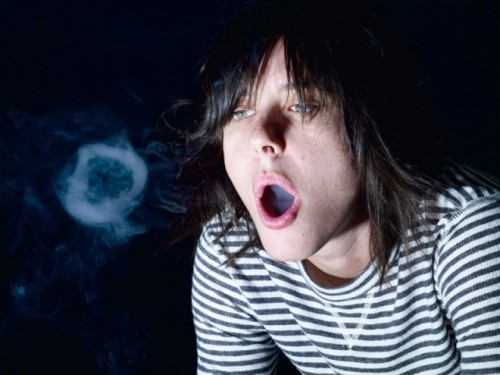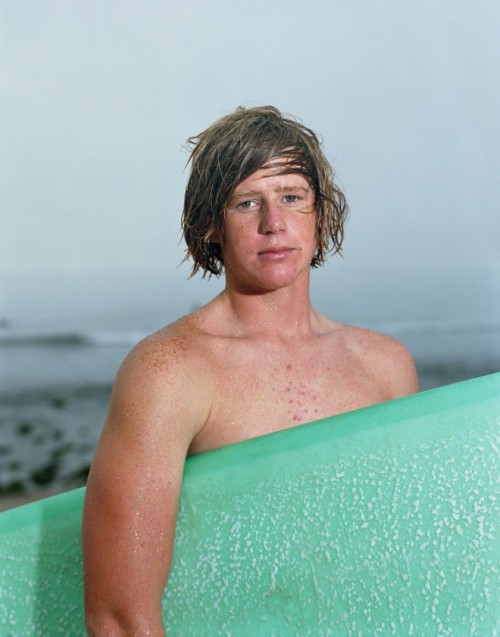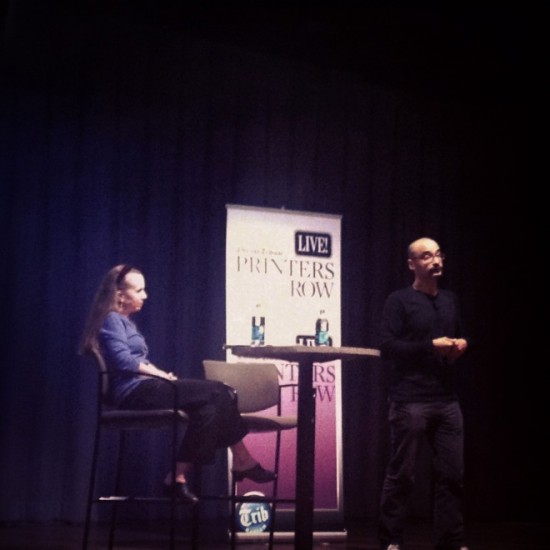
In her introduction for Catherine Opie, SAIC Dean Lisa Wainwright referred to the artist as “a documentarian and a romantic.” Wainwright’s comments – directed to the near-capacity crowd of students, scholars and admirers gathered at Rubloff Auditorium on September 10 – referred to Opie’s ability to capture and emphasize the beautiful in the commonplace, a quality that characterizes much of the photographer’s work from her nearly 25 year career.
Opie’s subjects include portraiture and landscape photography, which she unites through her focus on identity whether it is that of a group, an individual, or a place. During her Visiting Artist Program lecture, which kicked off the series, she gave an overview of her practice from her well-known portraits of the gay and lesbian community in California during the 1990s to her more recent series that include portraits of high school football teams and abstract landscapes.

She began the lecture by explaining her “Portraits,” the series that first attracted attention to her intense and earnest vision. “The gay and lesbian community was not being represented in a way I wanted to see them,” she said to explain her initial motivation. The series is made up of individual portraits set against unadorned brightly colored backdrops citing Hans Holbein, a Bavarian painter from the 16th century, as a formal inspiration.
In “American Cities” Opie focused on cityscapes without human inhabitants, representing the “specificity of identity” in the architecture and geography. In relation to this series Opie discussed her interest in “grappling with the iconic.” She explained that her intention was to make an anonymous building on lower Wacker Drive in Chicago appear just as important as a Mies van der Rohe designed home. It is in these kinds of insights that Lisa Wainwright’s description of Opie as a documentarian and romantic come to light. Not only is Opie interested in recording places and people in vast detail, but her aim is to make the inevitable imperfections valuable.
While it was obvious that Opie is interested in serious subject matter and her methods involve a depth of art historical knowledge and technical expertise, her sense of humor was also evident. In conjunction with the “Portrait” series she introduced an image of one of her long standing alter egos, Beau, a used aluminum siding salesman from Ohio — no, he doesn’t even sell new aluminum siding. When talking about her 1998 series “Domestic,” which features lesbian families around the country, she presented an image titled “Lesbian Washer and Dryer.” She explained that when she shows this image in a more politically conservative setting she is often asked what the difference is between a lesbian washer and dryer and a regular washer and dryer? “Nothing,” she responds. “That’s the point.”
SAIC students will get to benefit further from Opie’s breadth of knowledge and good nature next spring when she joins the staff as William and Stephanie Sick Distinguished Professor in the photography department.







